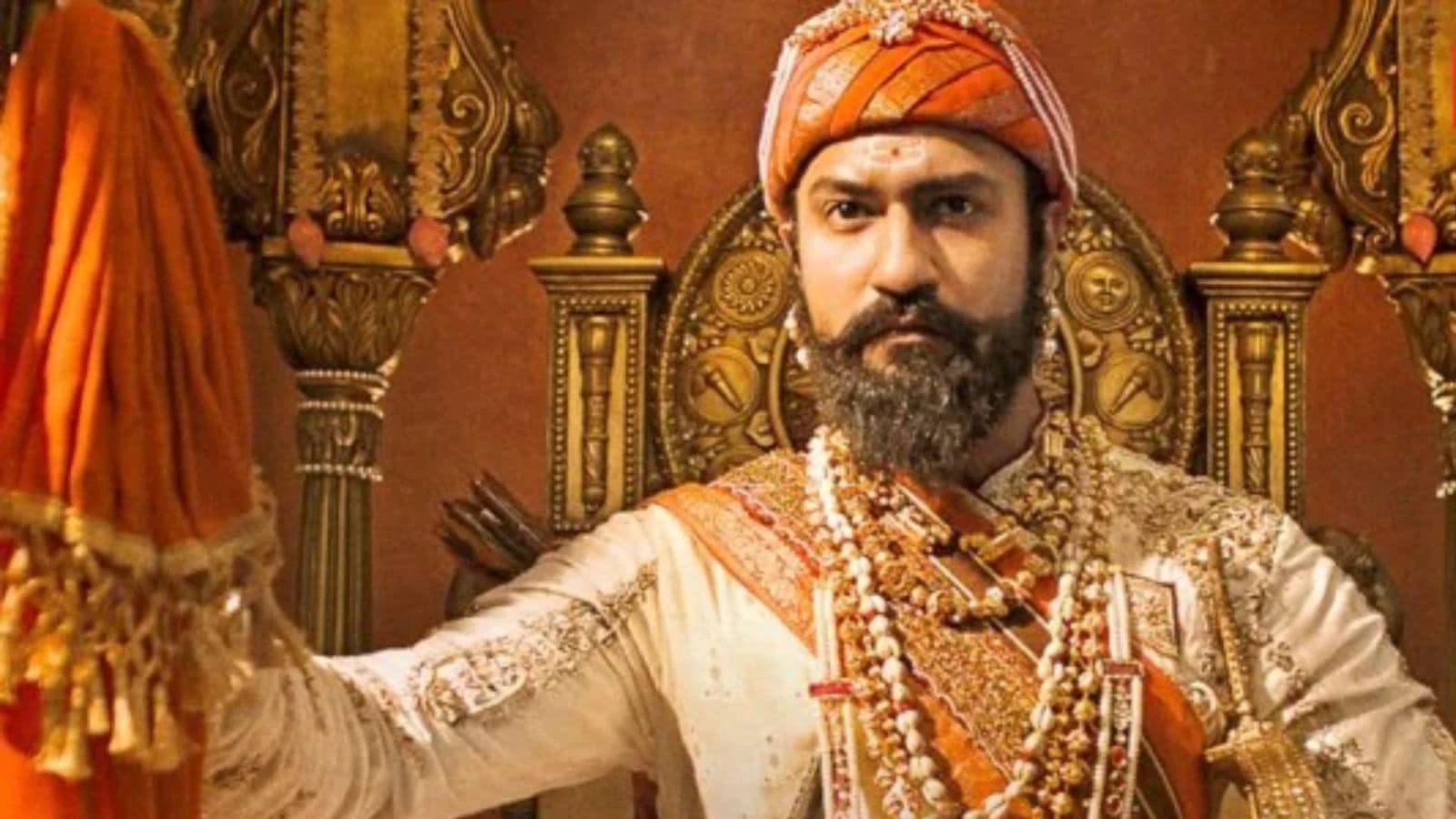In Maharashtra, there is a sudden upsurge of a new genre that depicts popular legends around the Maratha caste identity.
Cinema is a powerful instrument to refurnish popular legends.
The hero of mainstream cinema is often imagined as a benevolent and charismatic person who struggles and sacrifices for the well-being of others. However, the heroic characters of Hindi cinema are often reserved for upper-caste identities and we have seldom witnessed powerful characters or stories that revolve around the concerns of marginalised social groups, especially the Shudhra, Adivasi or Dalit identities. Instead, popular Hindi cinema overtly represents the social values and cultural symbols of dominant caste elites.
We often see characters belonging to the Brahmin castes [Jo Jeeta Wohi Sikandar (1992), Swades (2004), Bajrangi Bhaijaan (2015)], Kshatriya castes [(Sholay (1975), Hukumat (1987), Kshatriya (1993)] or the business/trading communities [Dilwale Dulhaniya Le Jayenge (1995), Guru (2007), Zindagi Na Milegi Dobara (2011)] on screen. For long, characters associated with the agrarian or labouring classes not only had a marginalised presence in the mainstream films but were also distanced from their caste identities – Batwara (1989), Ghulami (1985) and Waris (1989) are some examples.
It is in the last two decades – especially with the prominent arrival of Jat-Sikh heroic characters – that a small but significant rupture in the social characteristics of the protagonist can be witnessed. Jats have emerged as powerful heroic characters in popular films like Border (1997), The Legend of Bhagat Singh (2002), Singh is King (2015), Dangal (2015) and recently Fighter (2024). These films have offered a prominent pedestal to the Jat character on screen, often presenting him as a rural Punjabi/Haryanvi maverick, ready to challenge the wrongdoings of the villain. His heroism is seen through his rustic physical strength, pride and patriotic values. Importantly, there is a growing tendency to portray Jat characters in the orchestrated context of Hindu-Muslim conflicts, presenting them as a symbol of hyper-masculinity (Animal, 2024) that sometimes protects the nation from Islamic terrorism (Gadar: Ek Prem Katha and Kesari).
Similarly, in Maharashtra, there is a sudden upsurge of a new genre that depicts popular legends around the Maratha caste identity. The Maratha king Shivaji is the key figure in this genre, around whose presence fascinating legends are constructed to attract the audience. Though the making of such legends in cinema is not based on authentic historical sources, it speaks to the collective aspirations and cultural desires of the dominant caste elites in Maharashtra. Similar to the Jat imagery, this genre has introduced masculine and rugged Maratha characters in popular Hindi films like Singham (2011), Agnipath (2012), Simbaa (2018) and Tanhaji (2020) and recently, Chhaava (2025).
The recent Maratha heroic characters utilise caste and linguistic attributes to promote a distinct heroic image. It typecasts the Maratha male identity as a militant hero who destroys the villains and delivers justice. On the flip side, however, this genre has been used to promote communal anxieties and hatred against Muslims, supplementing the political objectives of right-wing Hindutva forces. Almost identical to his Jat counterpart, the new Maratha hero has now been projected as the chivalrous saviour of the Hindu nation against the Muslim aggressors.
The successes of Gadar 2 last year and Chhaava this year demonstrate that the wider audience has readily accepted this hyper-heroism as a new signifier of cultural nationalism. Similar to earlier nationalist Jat-centric narratives, the Maratha social and historical attributes have become a new cult to re-imagine a particular caste identity as the leading flag bearers of Hindutva politics. While such cinema entertains a mass audience, its narratives downplay the secular and progressive values within Maratha history.
The rise of Sikh Jat and Maratha protagonists in cinema has surely disrupted traditional narrative patterns that predominantly showcased upper-caste heroes. By introducing characters from dominant agrarian castes, a new archetype of heroism has emerged. The Jat or Maratha heroic narratives are not only presented under the populist genre of the action-packed masala films – they also endorse the cultural and ideological values of the ruling political establishment. Such portrayals often sidestep pressing issues such as the agrarian crisis, farmer suicides, debt, migration, and poverty faced by significant sections within these communities. The grand success of films like Gadar 2 and Chhaava is likely to encourage filmmakers to explore this populist genre further, with such narratives ultimately serving the interests of the current political elites, bewitching the general audience and obscuring the real struggles and crises faced by agrarian communities.
